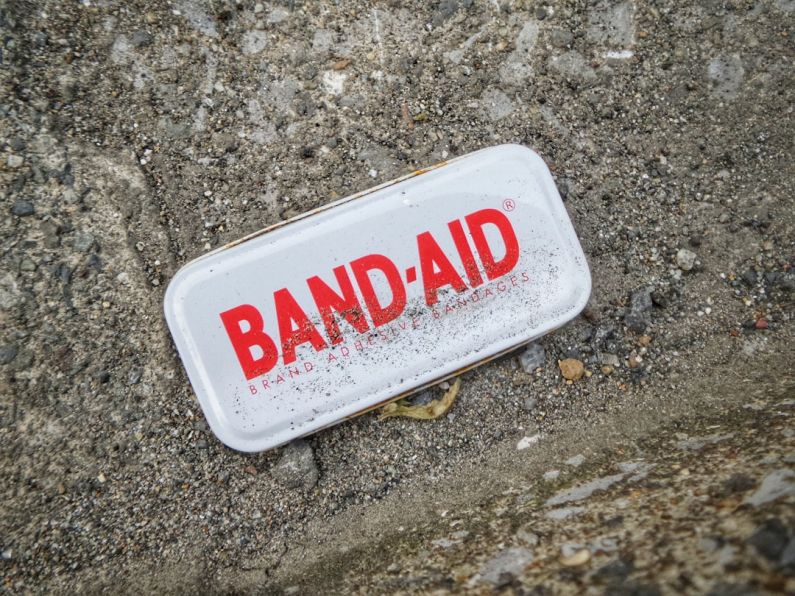Emergency Repairs: Quick Fixes for Retreaded Tires in a Pinch
When you find yourself with a retreaded tire that needs a quick fix in an emergency situation, it can be a stressful moment. Whether you’re on a road trip or just commuting to work, dealing with a damaged retreaded tire requires immediate attention. In such instances, knowing some quick fixes can help you get back on the road safely. Here are some tips to help you address common issues with retreaded tires when you’re in a pinch.
Inspecting the Damage
The first step when you notice an issue with your retreaded tire is to pull over to a safe location away from traffic. Once stopped, inspect the tire carefully to determine the extent of the damage. Look for punctures, cuts, or any visible signs of wear and tear. Understanding the nature of the damage will help you decide on the most appropriate quick fix.
Addressing Punctures
Punctures are a common issue with retreaded tires and can often be fixed temporarily to get you to the nearest service station. One quick fix is to use a tire plug kit, which typically includes a reamer and plug insertion tool. Locate the puncture, ream out any debris from the hole, then insert the plug using the insertion tool. Trim any excess plug material and inflate the tire to the recommended pressure. This temporary fix should allow you to drive to a professional for a more permanent repair.
Dealing with Cuts and Tears
If you notice a cut or tear on your retreaded tire, you can use a tire repair sealant as a quick fix. These sealants come in aerosol cans and can be easily sprayed onto the damaged area. The sealant will create a temporary barrier that can help prevent further damage and loss of air pressure. Remember that this is only a temporary solution, and you should still visit a tire shop for a proper repair or replacement as soon as possible.
Handling Air Leaks
Air leaks can be caused by various issues, such as a damaged valve stem or a leaky bead seal. In the case of a damaged valve stem, you can use a valve stem replacement kit to quickly swap out the faulty stem. For a leaky bead seal, try reseating the tire bead by deflating the tire, applying bead sealer along the rim, then reinflating the tire to the recommended pressure. These quick fixes can help you address air leaks and get back on the road safely.
Preventing Future Issues
While quick fixes can be handy in emergency situations, it’s essential to take steps to prevent future problems with your retreaded tires. Regularly inspect your tires for signs of wear, maintain proper tire pressure, and avoid overloading your vehicle. Additionally, drive cautiously to minimize the risk of damage to your tires. By practicing good tire maintenance habits, you can reduce the likelihood of experiencing issues on the road.
Emergency Repairs: Tips for Safe Driving
In conclusion, knowing how to address common issues with retreaded tires in emergency situations can help keep you safe on the road. Whether you’re dealing with punctures, cuts, or air leaks, having some quick fixes up your sleeve can make a significant difference in getting you to a professional for a more permanent solution. Remember to prioritize safety and always seek professional assistance for more extensive tire damage. By being prepared and proactive, you can handle tire issues with confidence and get back on the road swiftly.






